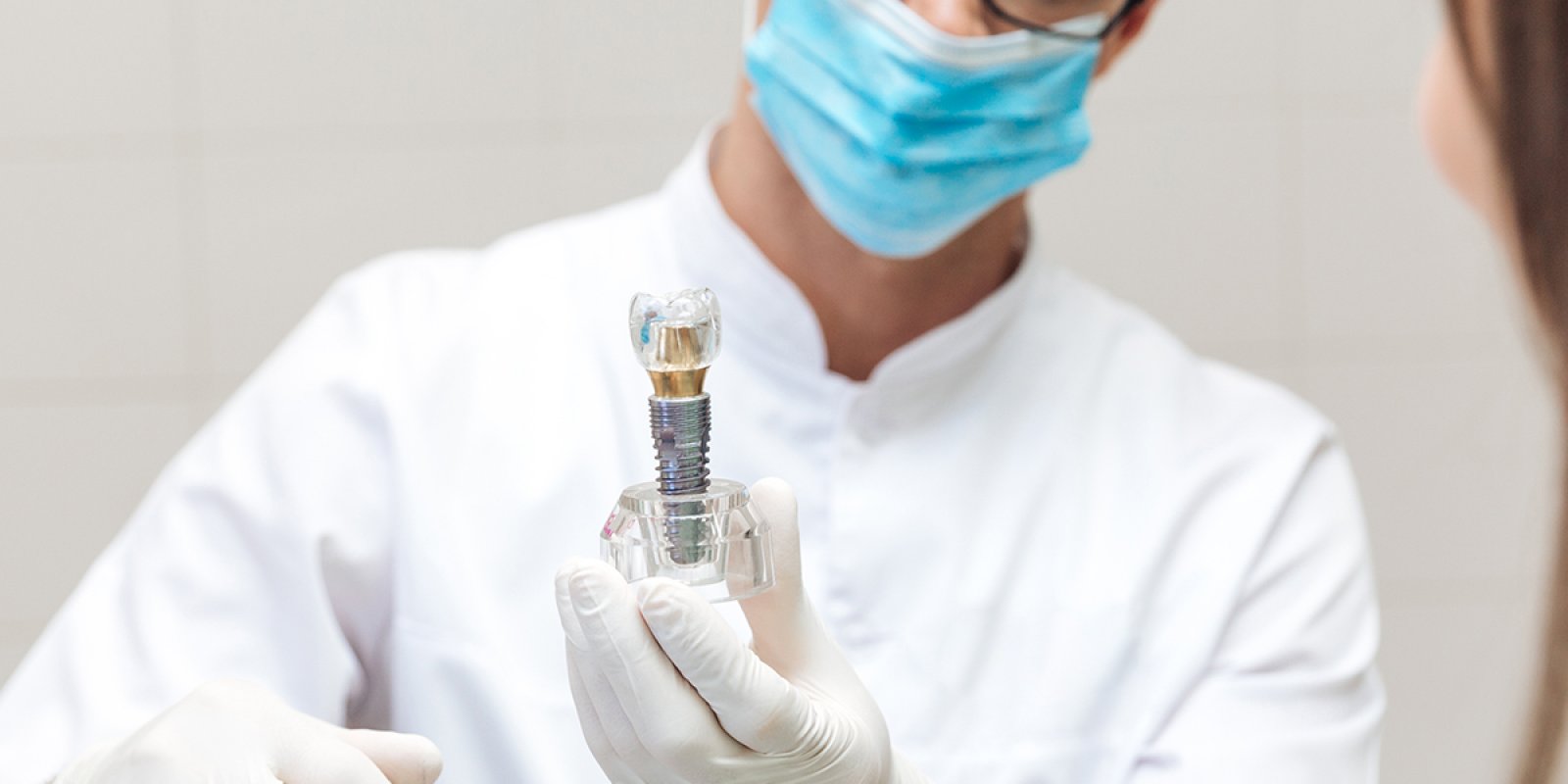DENTAID EXPERTISE
News for dentistry professionals
A 0.05% cetyl pyridinium chloride/ 0.05% chlorhexidine mouth rinse during maintenance phase after initial periodontal therapy
11 Jan 2012
Authors: Marc Quirynen 1,2, Catherine Soers1, Mandy Desnyder1, Christel Dekeyser1, Martine Pauwels2 and Daniel van Steenberghe1
1 Department of Periodontology
2 Research Group for Microbial Adhesion, School of Dentistry, Oral Pathology and Maxillo-Facial Surgery, Faculty of Medicine, Catholic University of Leuven, Leuven;
3 Laboratory for Statistics and Experimental Design, Faculty of Agriculture, Catholic University of Leuven, Heverlee, Belgium
Background:
Chlorhexidine (CHX) mouth rinse/spray can still be considered the gold standard in the chemical prevention of plaque formation and development of gingivitis. The product unfortunately has some side effects, such as extrinsic tooth staining, poor taste, taste disturbance, sensitivity changes in tongue, pain and irritation because of the alcohol content. These side effects led to the search of new formulations.
Methods:
In this double-blind, randomized, long-term, parallel study, 48 moderate periodontitis patients rinsed for 6 months (starting immediately after a ‘‘one-stage, full-mouth’’ disinfection) with one of the following products: CHX 0.2%1alcohol (Corsodyl®), CHX 0.05% 1 cetyl pyridinium chloride (CPC) 0.05% and no alcohol (Perio•Aid Maintenance®, a new formulation), or the placebo of the latter. After 1, 3 and 6 months a series of clinical and microbiological parameters were recorded for the supra- and subgingival area as well as for saliva.
Results:
Although there was a significant treatment impact (mechanical debridement) in all groups, both CHX solutions further decreased both plaque and gingivitis indices (po0.001 and po0.05, respectively), when compared with placebo. This was also reflected by additional reductions in the number of CFU/ml of aerobic and especially anaerobic species and by a suppression of Streptococcus mutans (versus an overgrowth for the placebo), in all niches. Differences between both CHX solutions were never encountered. The subjective ratings were slightly in favour of the new CHX–CPC formulation when compared with the other CHX–alcohol formulation, especially for taste of the product (po0.05), but less impressive for the staining of teeth and tongue.
Conclusions:
The results of this study demonstrated the potential of a new CHX 0.05%1CPC 0.05% non-alcoholic formulation as an effective antiplaque agent for long-term use with reduced subjective side effects.
Bibliography
- J Clin Periodontol 2005; Apr; 32(4): 390-400
RELATED ARTICLES

18 Jun 2020
PERIO·AID® BIOADHESIVE GEL IMPROVES HEALING AND RESTORATIVE EFFICACY AFTER ORAL SURGERY
A clinical trial has shown the regenerative properties of PERIO·AID® Bioadhesive gel after surgical removal of two third molars. Evaluation* of the…

10 Mar 2020
Improving clinical outcomes in patients with peri-implant mucositis through mechanical control of biofilm and accompanying mouthwash
Mechanical control of biofilm by the dental clinic practitioner, as well as by the patient, together with an adjunctive chlorhexidine and…

27 Jun 2019
ANTIBACTERIAL PREVENTION IN TITANIUM DENTAL IMPLANTS
This study will be useful for the future development of antibacterial strategies preventing incidence and progression of peri-implantitis in patients…
Sign up for the DENTAID Expertise newsletter
Sign up for the newsletter